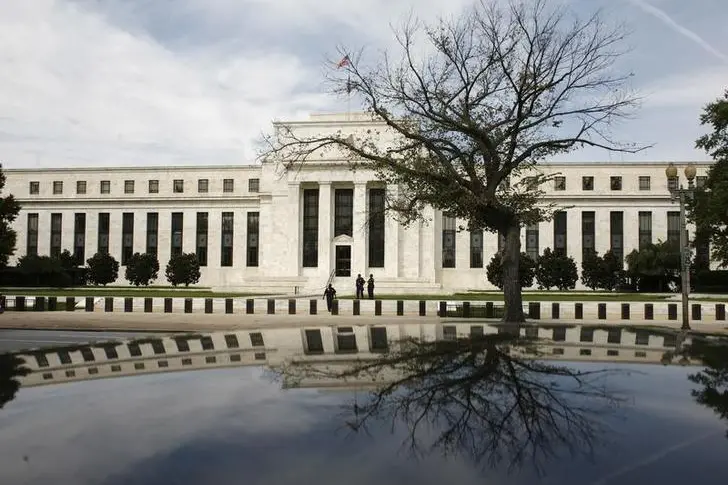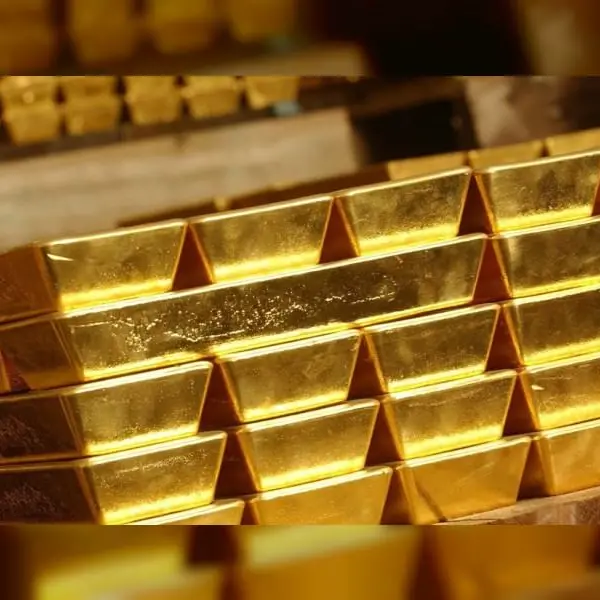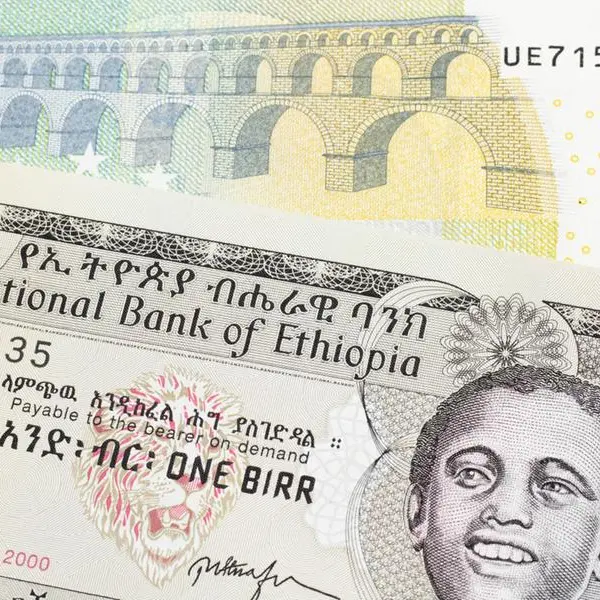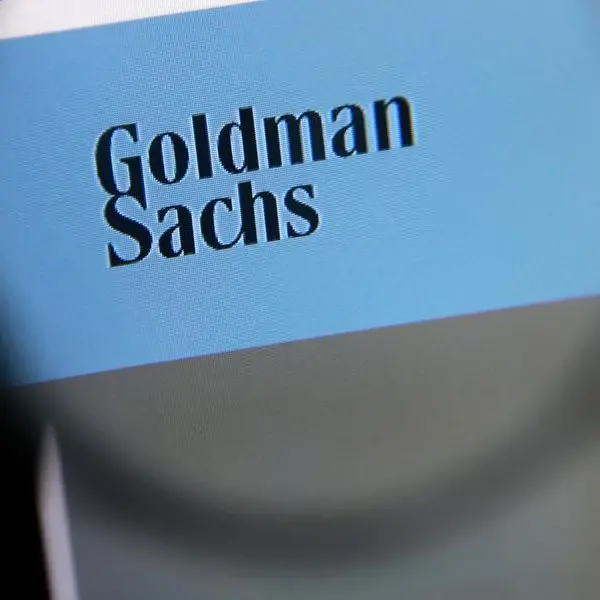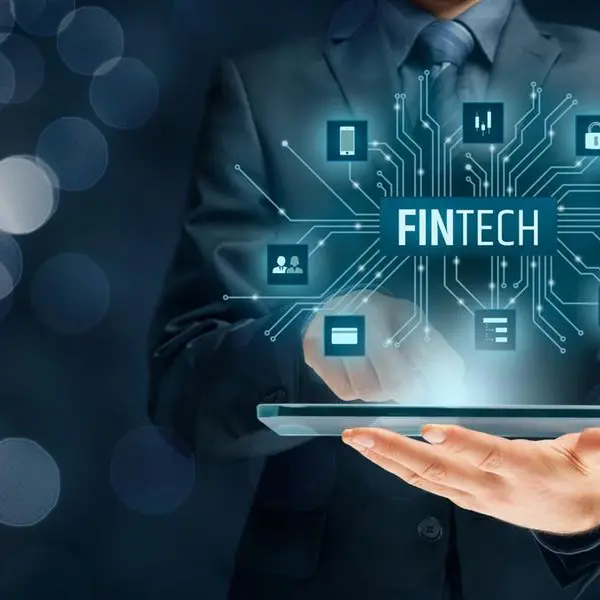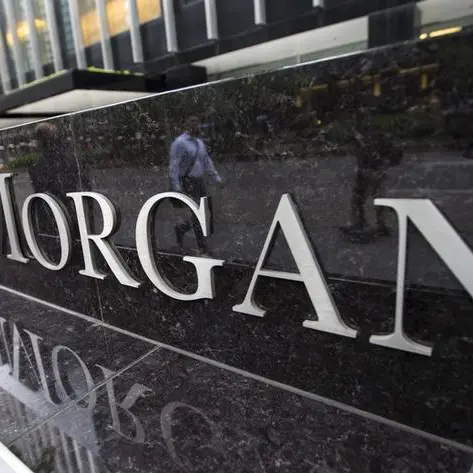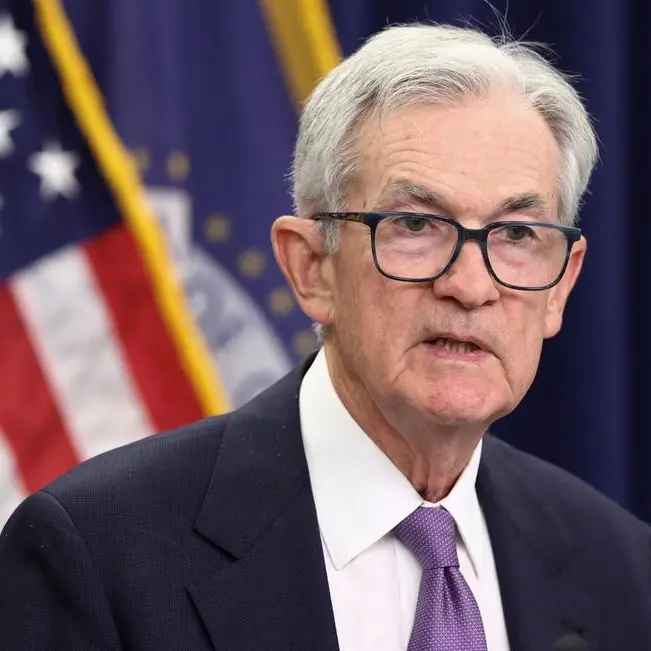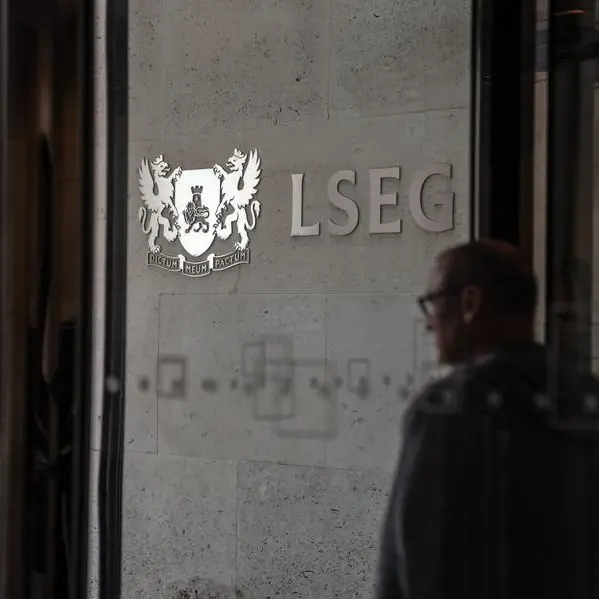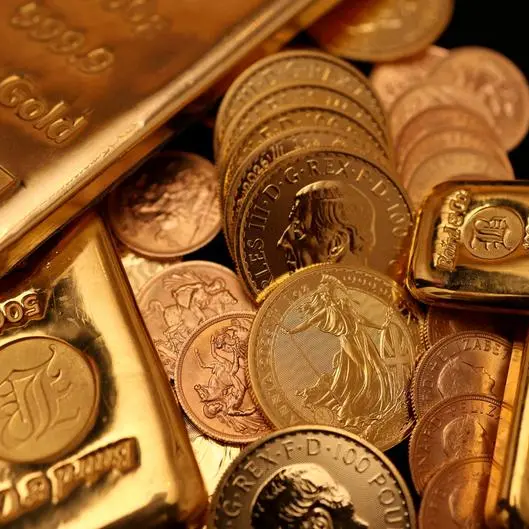PHOTO
The Federal Reserve, which just last week was expected to accelerate its interest-rate-hike campaign in the face of persistent inflation, may be forced to hit pause and even reverse course as turbulence at Credit Suisse renews fears of a banking crisis that could cripple the U.S. economy.
That's at least how traders were betting Wednesday, with futures tied to the Fed's policy rate pricing a slightly better- than-even chance that policymakers will leave their benchmark lending rate in its current 4.5%-4.75% range at their upcoming meeting on March 21-22.
Financial markets now expect interest-rate cuts as soon as May or June, with the Fed policy rate seen ending the year a full percentage point lower than it is now.
Last week, they were pricing in a top Fed policy rate of a full percentage point higher than currently, after Fed Chair Jerome Powell said he thought rates may need to rise faster and farther to reduce stubborn price pressures.
Trader bets and actual Fed policy decisions often diverge, and analysts caution against taking the market view as gospel. That's especially so in a week where markets repeatedly priced in, then out, a wide range of options for the Fed's rate path.
And understandably so, as investors sought to make sense of fast-moving events including Friday's failure of Silicon Valley Bank, the creation over the weekend of an emergency Fed backstop for the banking sector, fresh data showing slow progress in the inflation fight, and a renewed banking stock swoon on Wednesday.
But it poses a particularly difficult challenge for Powell and his fellow policymakers. U.S. central bankers observe a communications blackout for the 10 days prior to every policy meeting and therefore cannot drop any hints about how they weight the need to support banks and the broader economy against the need to beat back inflation.
Others were not hesitant to step in.
"I think they do indeed hike 25 bps next week," said Jefferies' Thomas Simmons. "They need to keep up the fight on inflation to maintain credibility, and a pause here at these levels isn’t going to stop the bleeding in the markets."
A pause, he argued, risks undoing the work of the Fed's 4.5 percentage points of rate hikes since last March. "They’d also risk sending a signal to the market that the macroeconomic impact of these microeconomic phenomena is worse than we think," he said.
Former Boston Fed President Eric Rosengren took the opposite view.
"Financial crises create demand destruction," Rosengren said on Twitter. "Banks reduce credit availability, consumers hold off large purchases, businesses defer spending. Interest rates should pause until the degree of demand destruction can be evaluated."
WILD SWINGS
Expectations for the U.S. central bank's next move have swung wildly in recent days.
After the failure on Friday of Silicon Valley Bank and on Saturday of Signature Bank, the Fed created an emergency program to guarantee deposits and try to stem further financial contagion. That prompted futures traders to slash their rate-hike expectations, only to partially reverse those bets on Tuesday after a report showing inflation is cooling far too slowly for comfort.
By the end of Tuesday traders had priced about a 70% probability of a quarter-percentage point rate hike in March, with likely one more increase of the same size in May.
Now, with the banking crisis seemingly rekindled and banking stocks again under pressure, traders are looking for one more Fed rate hike if that, and then a string of interest-rate reductions, with the rate ending this year in a 3.5%-3.75% range.
"It's conceivable that we've seen the peak in market interest rates this cycle," said John Lynch, chief investment officer for Comerica Wealth Management.
A key inflation report earlier this week though showed a 6% rise in the consumer price index last month from a year earlier. It was the smallest gain in a year and a half, but still far too high for the central bank to declare its work is done. The Fed's inflation target is 2%.
"The Fed has a very difficult policy decision to make at next week’s meeting – should it hold interest rates unchanged in the wake of the SVB collapse to shore up market confidence or, with core inflation proving sticky, should it keep on hiking interest rates?" said Paul Ashworth, chief North America economist at Capital Economics, which for now still leans towards the Fed raising interest rates by a quarter percentage point.
"It is a very close call... the risk of a full-blown contagion remains, and a lot can happen in the week until the announcement." (Reporting by Lindsay Dunsmuir and Ann Saphir; Editing by Chizu Nomiyama and Andrea Ricci)
